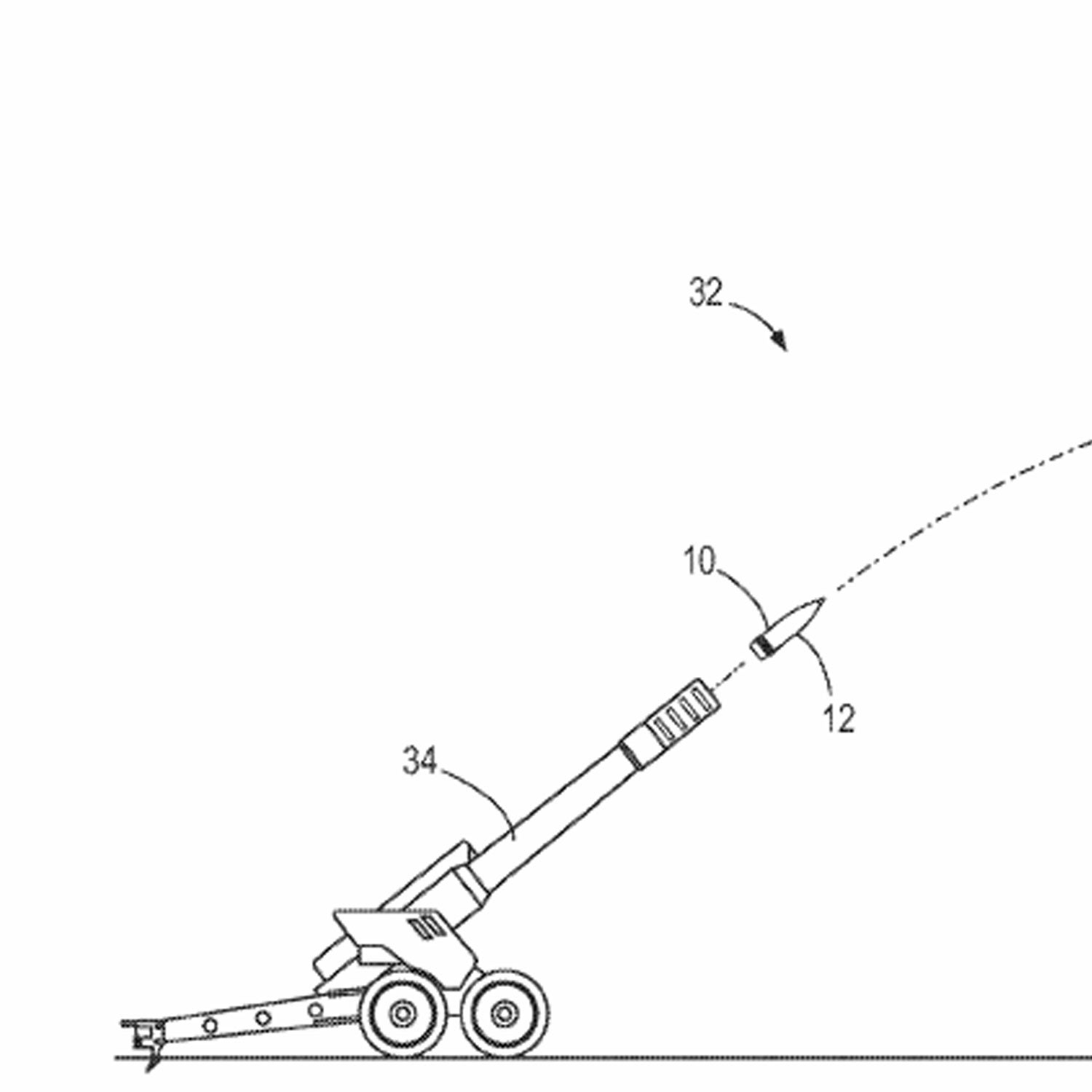Weapons and aerospace contractor Boeing filed a patent this week for a device that would deliver fire retardant bottled up in what is essentially a high-tech mortar round. It’s called a “fire-retarding artillery shell,” and it’s designed to be launched from a grounded cannon (included in the patent) to establish fire lines around wildfires like the ones raging across the West.
In its application, Boeing takes aim at the conventional method of delivering fire retardant via aircraft, saying that style of dousing occurs “at a low rate which often makes [it] inadequate to control forest fires.” Further, Boeing says, planes can’t complete airdrops at night, and wind and rain can diminish their accuracy. “An improved system and method is needed to fight forest and other types of fires,” Boeing concludes.
The shell device the company is proposing would carry fire retardant inside a cavity and come with a trigger-operated release that opens up the shell’s nose. The idea is that when the shell approaches its target, its content can be deployed with accuracy up to 15 feet over 15 miles, according to the company.
It’s unclear if and when such a method might be put into use during a wildfire. Bureau of Land Management National Fire and Aviation program chief of external affairs Randy Eardley told the Seattle Times this week that such proposals would need to be tested extensively first: “Wildland fire agencies are always interested in exploring new technologies that have the potential to enhance the effectiveness and efficiency of wildland fire management and wildfire suppression. However, there are rigorous processes in place to test new technologies to determine whether it is feasible and appropriate to incorporate them or not. Until a product is fully tested, we cannot speculate on their potential applicability or future uses.”


